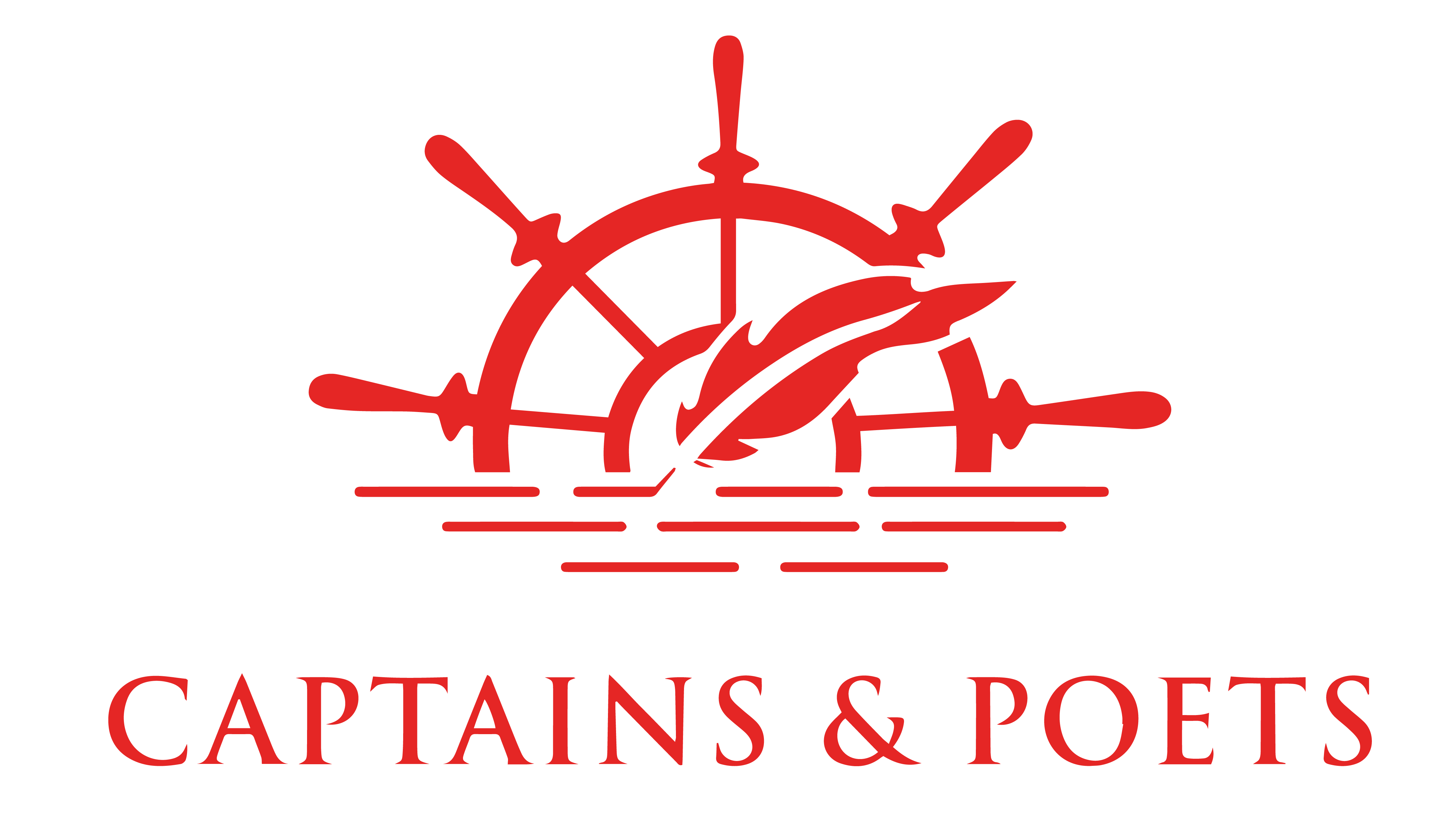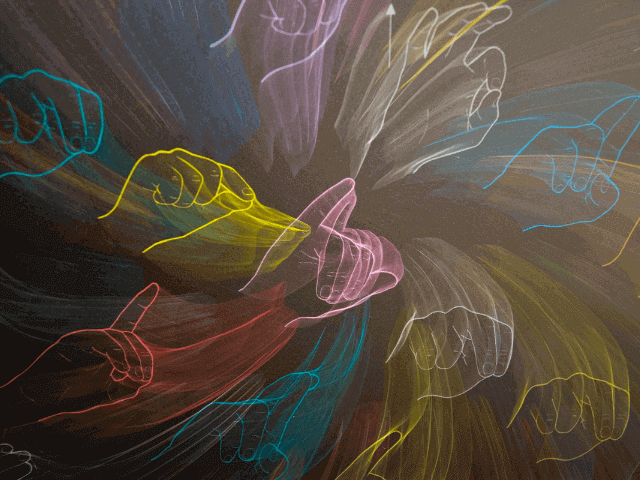I have learned so much these last few years since I started working in the inclusion space. There is so much we take for granted living in a world that is designed for the “average person”. And in most cases, that person is hearing, or sighted, or able-bodied – the perspective from which I am writing.
While recently in Washington at a conference I had a few hours free, and I used the time to pop over to a Starbucks near the campus of Gallaudet University, the first University in the USA for deaf and hard of hearing students. The first thing I noticed as I entered the store was a sign on the wall that read, “This store is dedicated to people united by sign language and Deaf culture.”
As I approached the counter with my colleague there were three baristas behind the counter. All three were Deaf. I have been learning some sign language and did my best to sign my order to the barista. I wasn’t able to sign my co-worker’s order, so I typed her beverage of choice into my phone and held it up for the barista to see. I finger spelled my name for her, and she signed to me that our names would appear on a digital board when our order was ready.
In most stores and restaurants, it’s the Deaf person who has to pull out their phone, or write down their order, and then try to figure out when their order will be ready if they can’t hear their name being called. In this case, the burden was on me as a hearing person who had suddenly been placed in a Deaf environment to figure it all out. When there was a lull between customers, I went over to the barista and signed that I was just learning and was curious to know how to sign my co-worker’s order for next time. She smiled and showed me how.
The co-worker I was with is blind and couldn’t see the amazing wall art or the cup that I purchased, that was designed by a Deaf artist who had attended Gallaudet. I explained it to her. She, on the other hand, was very attuned to things that I hadn’t fully paid attention to – the absence of music in the store and the silence around us. I watched as additional customers came in. Some were Deaf and signed their orders. Those who were hearing could type on a tablet on the counter what they wanted. But those who were blind would need to rely on their own phones with assistive technology and then show the screen to the barista.
What I experienced at that Starbucks was that a lack of spoken English wasn’t a barrier. It gave me a chance to practice being inclusive and to engage with the experience of my blind colleague in a way that made it all even richer. When we aren’t sure how to engage with someone who is different from us, we often opt not to engage at all because we are uncomfortable – or sometimes we resort to being overly helpful or praising people for simple things like being able to button a shirt when they can’t see.
The inaccessible design of our world is often what disables people, not the lack of eyesight or hearing. Inaccessible environments put the disability in focus and detract from our view of the whole person.
While in a restaurant with colleagues that evening, I watched my co-worker leave our table to find the restroom. A well-meaning server saw her walking with her cane and proceeded to take her arm and guide her to the restroom. He then waited at the door and led her back to the table. He obviously had no idea that my colleague has just enough peripheral vision that she could have figured it out, or that she runs marathons, travels independently, and had spoken earlier that day on a panel about the value of mentoring; or, that one of my other blind colleagues at the table is a social media influencer and evangelist, with thousands of followers; and, that the third one has traveled the world independently and does multiple presentations and speaking engagements every year.
Far too often, we make assumptions about our differences and don’t lean in. And in doing so, we miss the opportunity to learn and grow in ways that can be truly enriching.
I don’t know what it’s like to be Blind/Low Vision, or Deaf/Hard of Hearing but what I do know is connecting with others who are different from us is about a combination of curiosity and empathy. When we suspend our assumptions about people who are different form us and think about how we can involve others in the spaces and experiences at hand, it is our very differences that add value and dimension to the experience for everyone.
My flight home just happened to be filled with Olympic and Paralympic athletes who competed in the Tokyo 2020 and Beijing 2022 Games. The athlete sitting next to me is a member of the Paralympic Alpine Ski Team and happened to be an amputee. He had just been at the White House that morning receiving a medal. I was reminded again of how our differences come into play in our lives. We all have our challenges and our triumphs. The dimension of our lives is in our stories and our experiences, not our abilities.
Stacey Romero is a passionate advocate for accessibility and disability inclusion. She is working to create engaging and inclusive experiences for customers and employee with disabilities in the corporate space.

